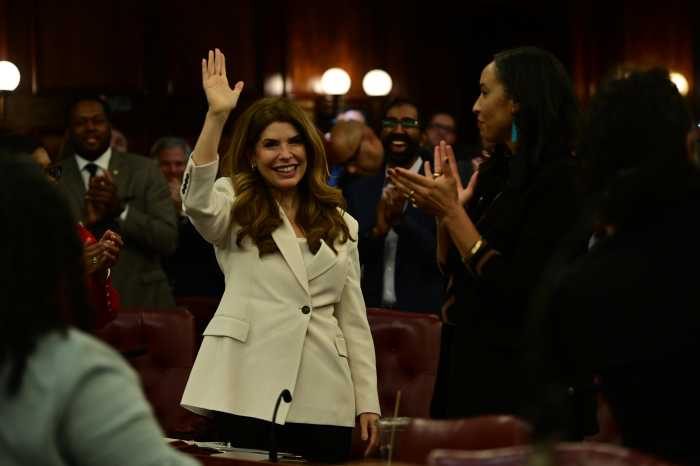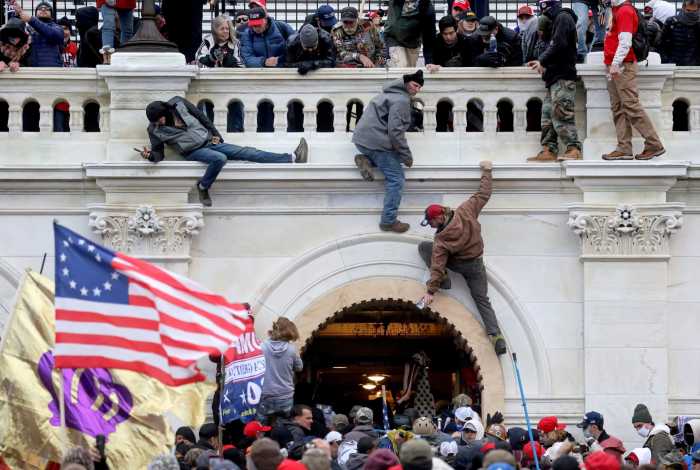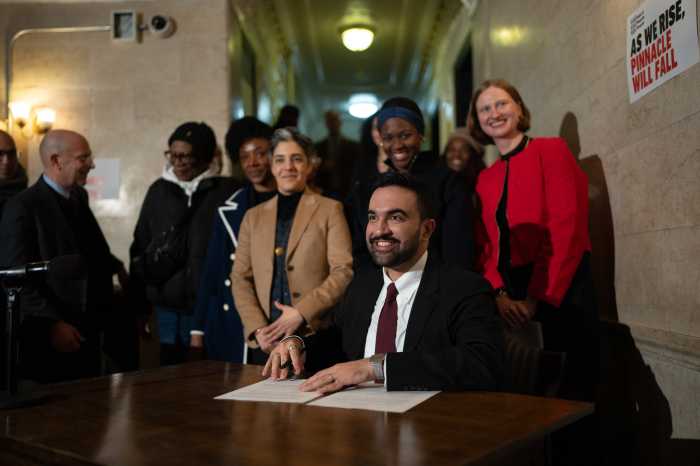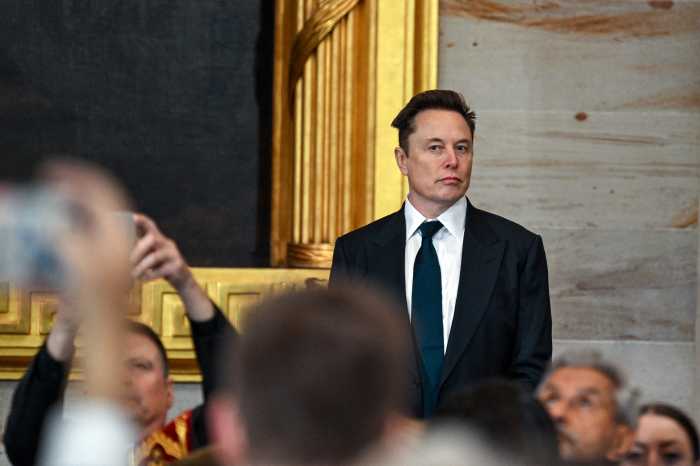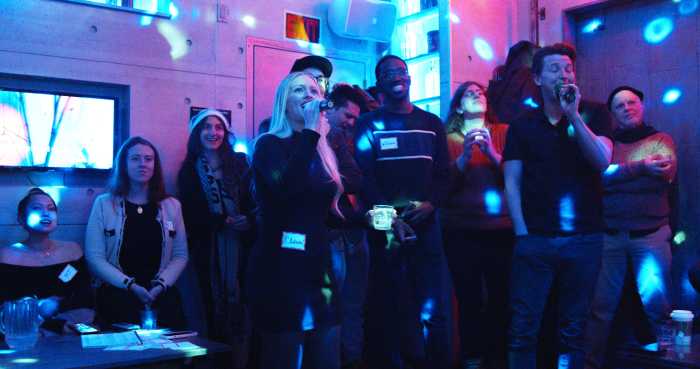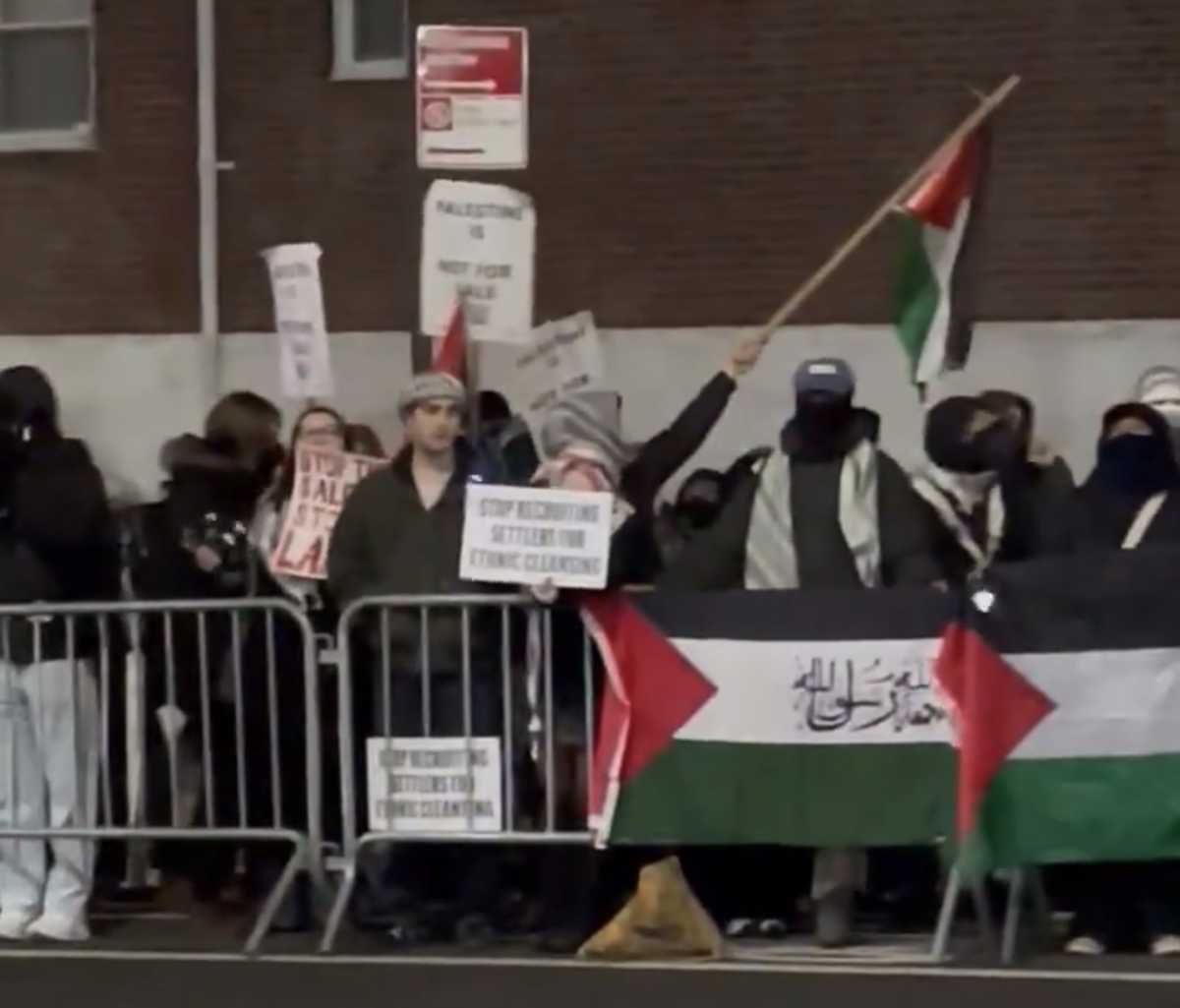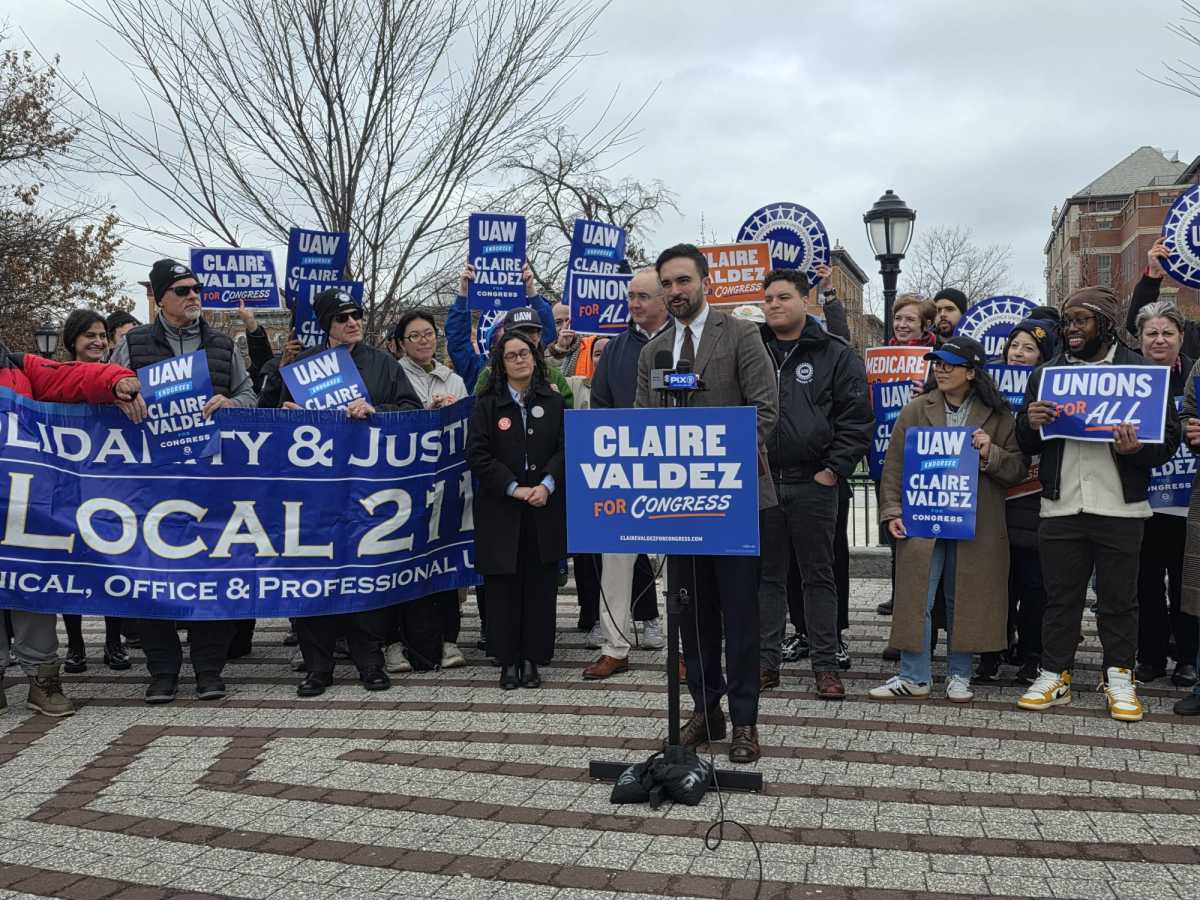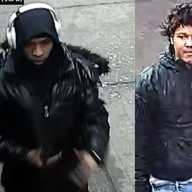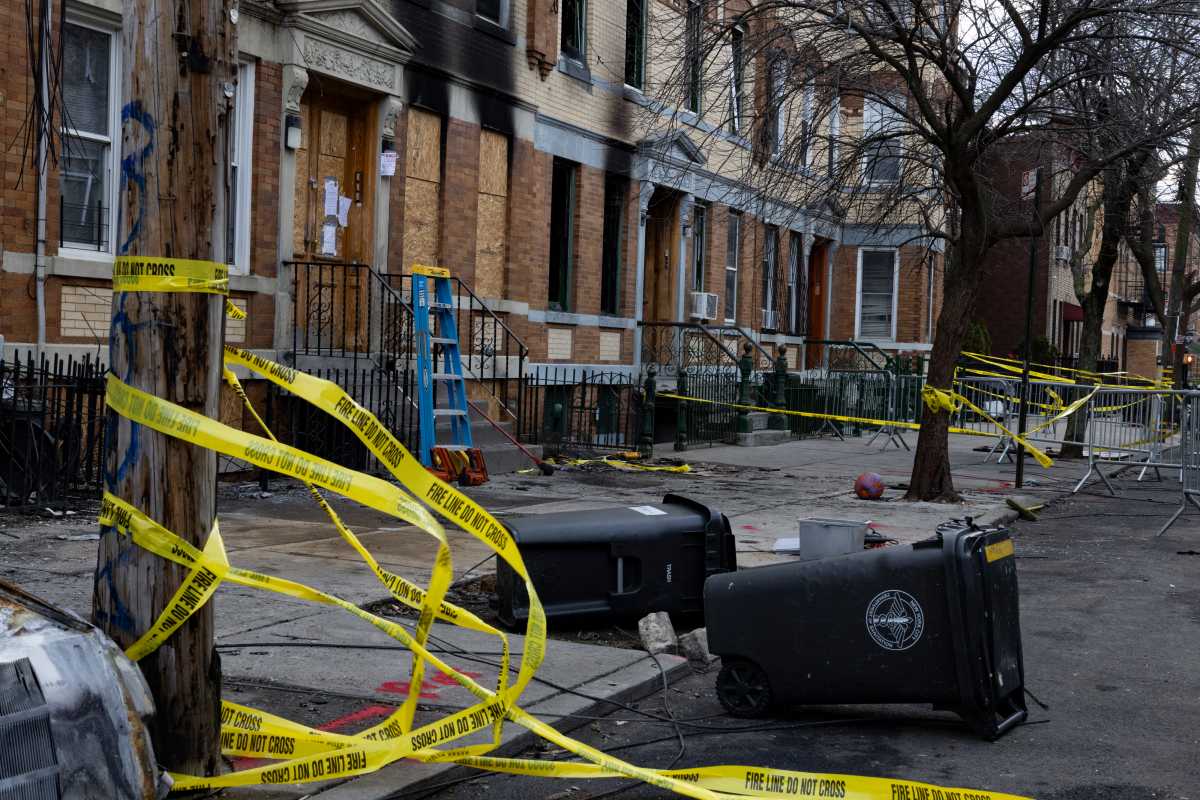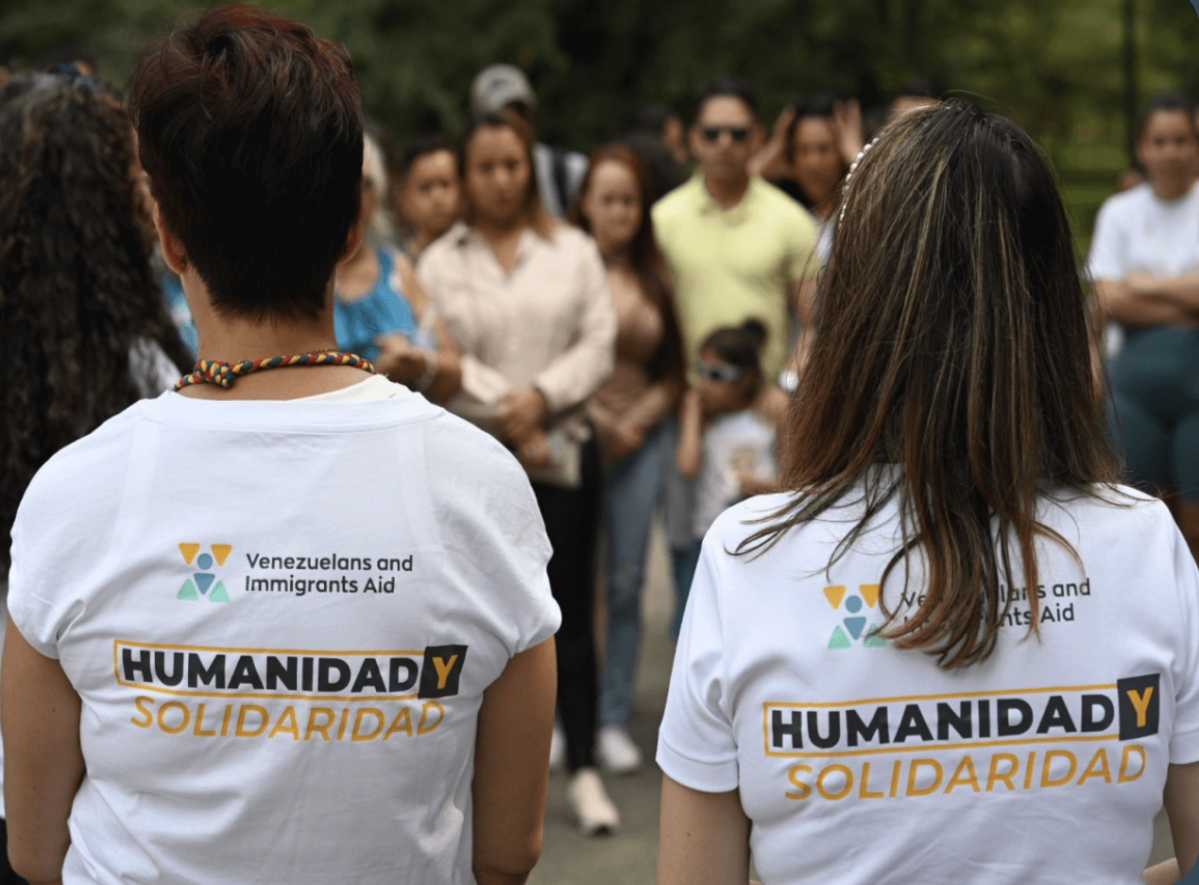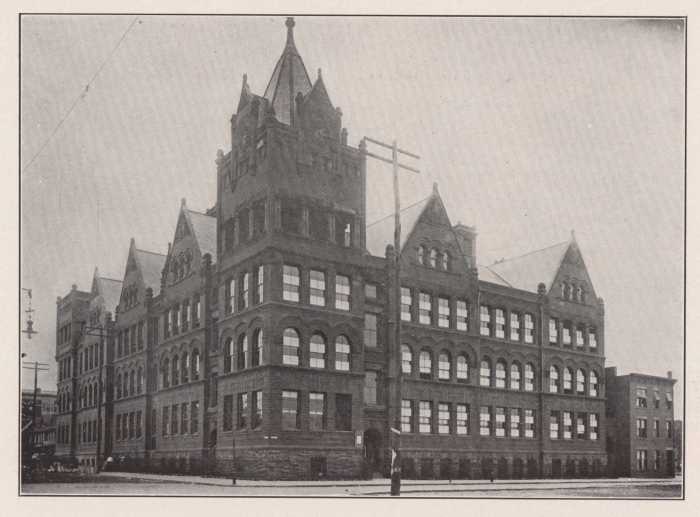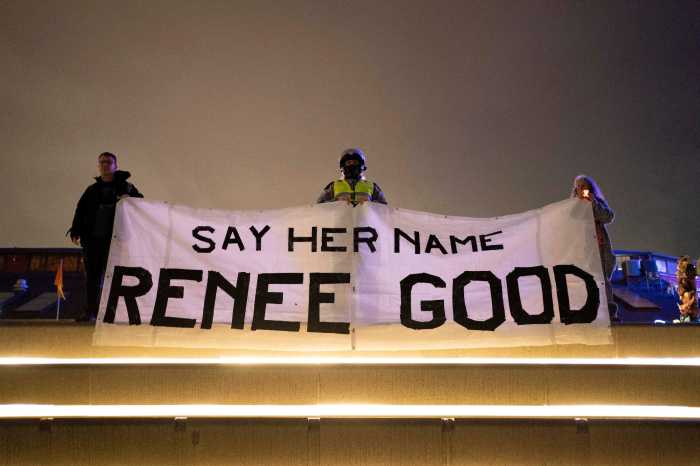Parts of New York City are choking with too many cars, but Uber is hardly the reason. So limiting the cabs that can be hailed by a smartphone app is not the solution.
The sudden urge by Mayor Bill de Blasio and the City Council to place a one-year cap on new license approvals of all for-hire vehicles smacks of protectionism by politicians desperate to save the owners of traditional yellow metered taxis, who are big campaign donors.
Uber, which provides about 100,000 rides daily, says it can’t expand in NYC without more drivers. More customers but fewer cars will result in delays and higher prices.
Uber or not, there is an urgent need for NYC to implement a comprehensive plan to reduce vehicle congestion. But de Blasio and the council haven’t even endorsed smart plans, such as congestion pricing or limiting truck deliveries to set hours. Citing slowing travel times, they suddenly find fault with the growth of “black cars” and e-hail services.
The city argues that the freeze on licenses for such services, including Lyft, will give it time to study the e-hail industry’s impact on traffic, air quality, noise and public health — while stabilizing the sinking value of yellow cab medallions.
New York’s response is not surprising. Uber is aggressively upending traditional rules and the business models of engaging a taxi ride around the world. Following violent protests by taxi drivers in Paris last week, France arrested top Uber executives there on Monday for allegedly providing illegal services. Spain and Denmark have banned such cabs. In several Chinese cities, local governments recently ran sting operations to arrest drivers using e-hail apps.
NYC needs to reboot its regulatory process for the sharing economy. And it needs to find a way to limit the number of vehicles, mostly south of 60th Street. The Move NY group has a solid plan that, in part, would toll East River bridges to get trucks off the streets and fund mass transit. Alternate proposals would add a surcharge to drive into certain parts of the city, another way to ease the problem.
Limiting competition, however, is taking a wrong turn.



